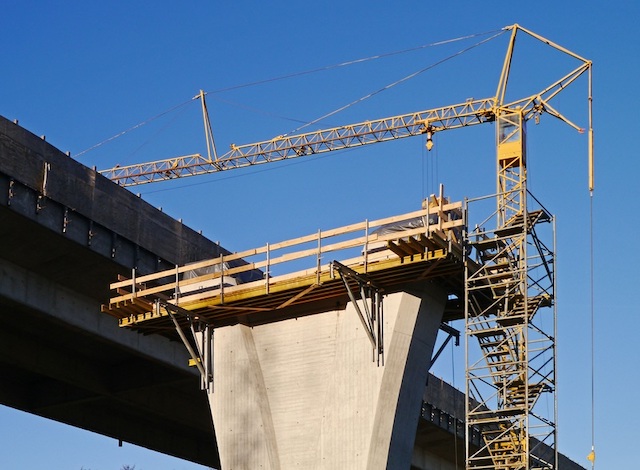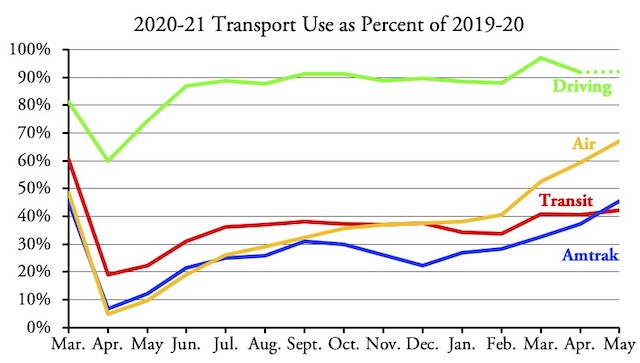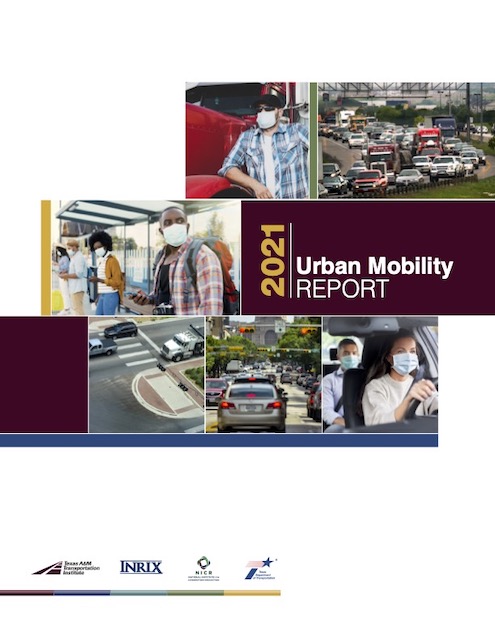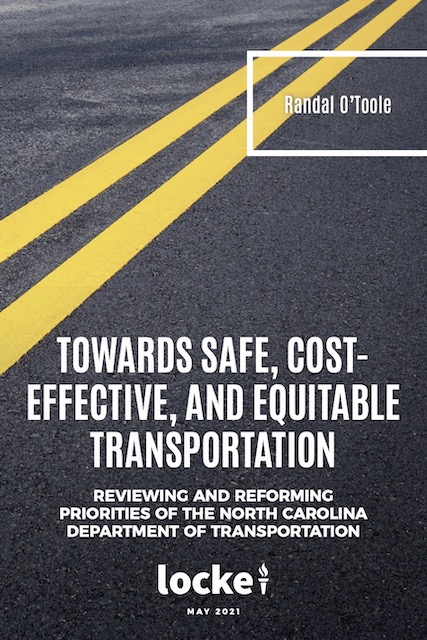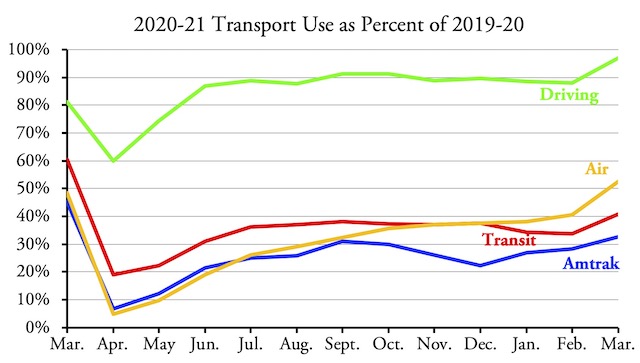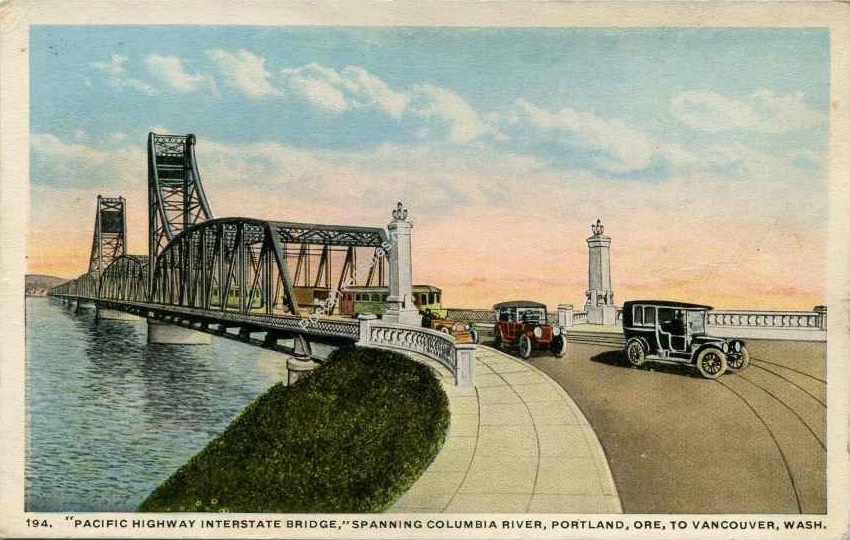“More highway spending won’t rev up the economy,” argues a recent article in the Wall Street Journal. However, the article’s writer, David Harrison, seems a little confused about how highway spending might help the economy.
“The U.S. already has an extensive system of roads, so building more wouldn’t add much to productivity, economists say,” writes Harrison. But this depends entirely on where roads are built. Continue reading

